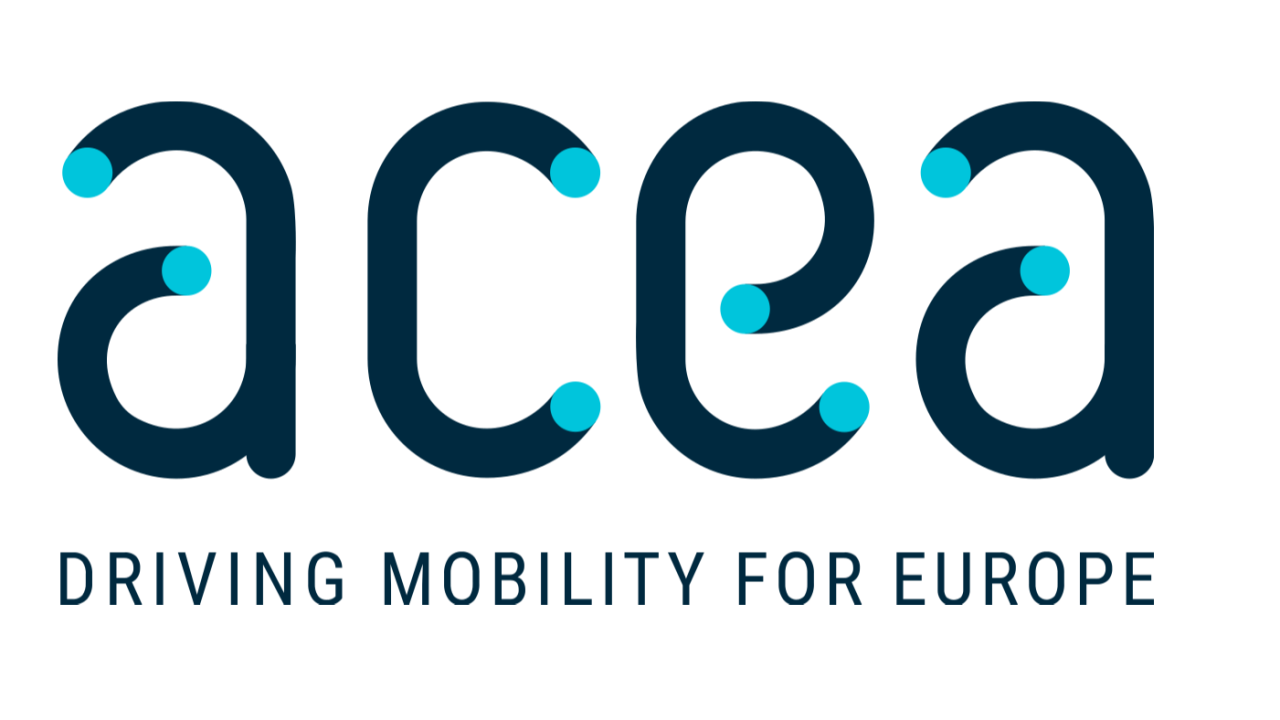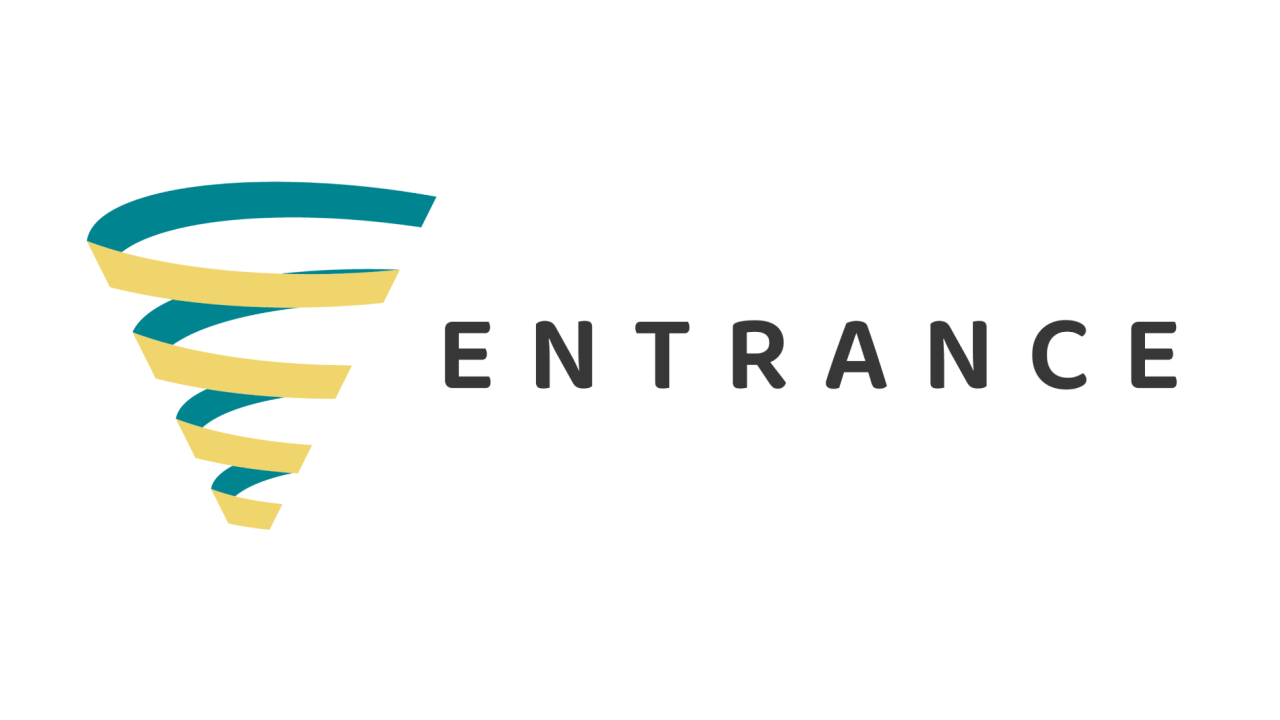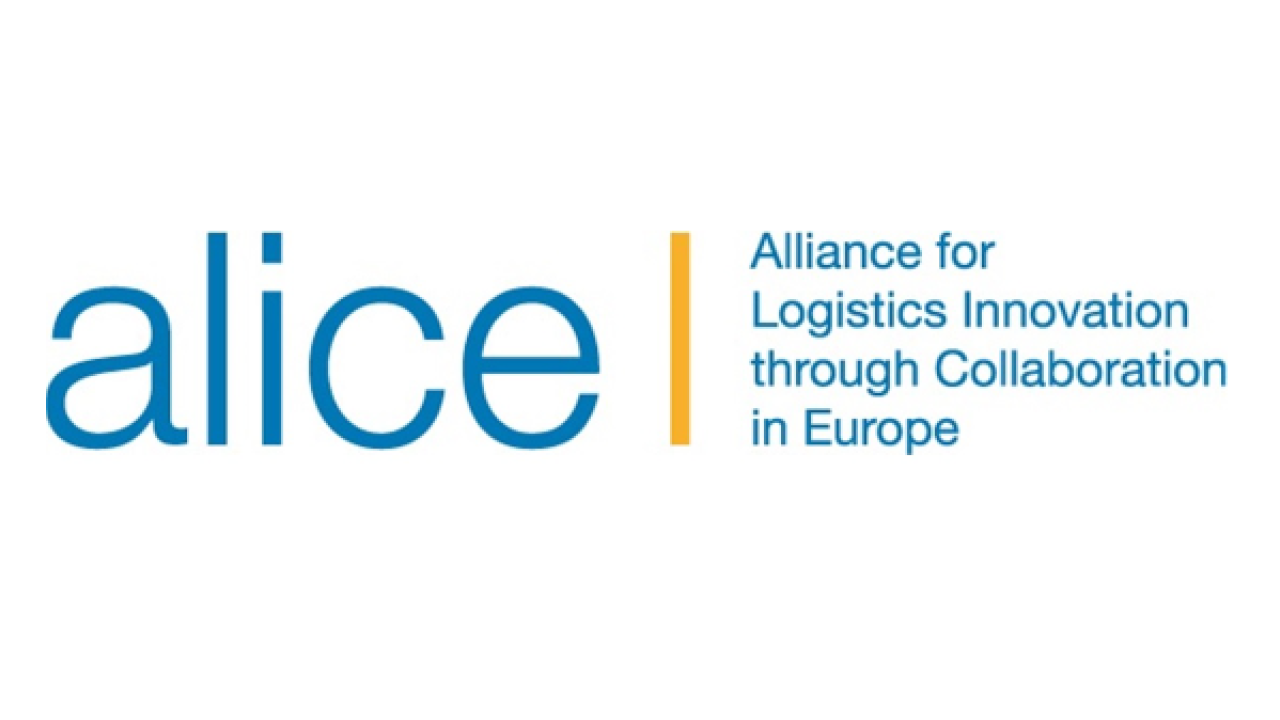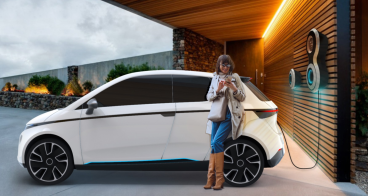Decarbonisation of road freight transport: How to accelerate the uptake of zero
Decarbonisation of road freight transport depends not only on the availability of novel vehicle propulsion concepts on the market, but as well on the availability of the required charging and fuelling infrastructure to efficiently operate zero-emission fleets.
It seems that OEMs have done their homework over the past years, as more and more vehicles with alternative propulsion systems, such as battery-electric and fuel cell electric vehicles are eventually entering the market. Driven by regulations, the automotive industry has been accelerating their efforts to offer new types of heavy-duty vehicles ready to fulfill their role in the transport system.
Within the ENTRANCE project more than 120 zero emission vehicle models of over 60 OEMs have been identified to support the decarbonisation of road freight transport. De-risking investments is now key to facilitate the adoption by carriers and logistics services of these new types of vehicles and to finally reduce carbon emissions in the road transport sector.
Pathways to solve the chicken-and-egg problem have been presented in a webinar on 15 September, 10:00-11:30 (CET). The webinar dived into:
- Vehicles and infrastructure availability: Priority locations for charging points. Thomas Fabian, Commercial Vehicles Director. ACEA, European Automobile Manufacturers' Association.
- Market analysis. More than 120 available zero-emission vehicle models. Jeanett Bolther, Senior Innovation Consultant. PNO Innovation.
- De-risking investments: Linking offer and demand by purchase aggregation. Fernando Liesa, Secretary General, ALICE & John Smith, Head of Sustainable Infrastructure and Facilities Management, An Post.
The list of models and further information is available (no fee applied) at ENTRANCE-Platform. To access the market analysis is required to register
Published on 16 August 2022.
Updated on 03 October 2022.










